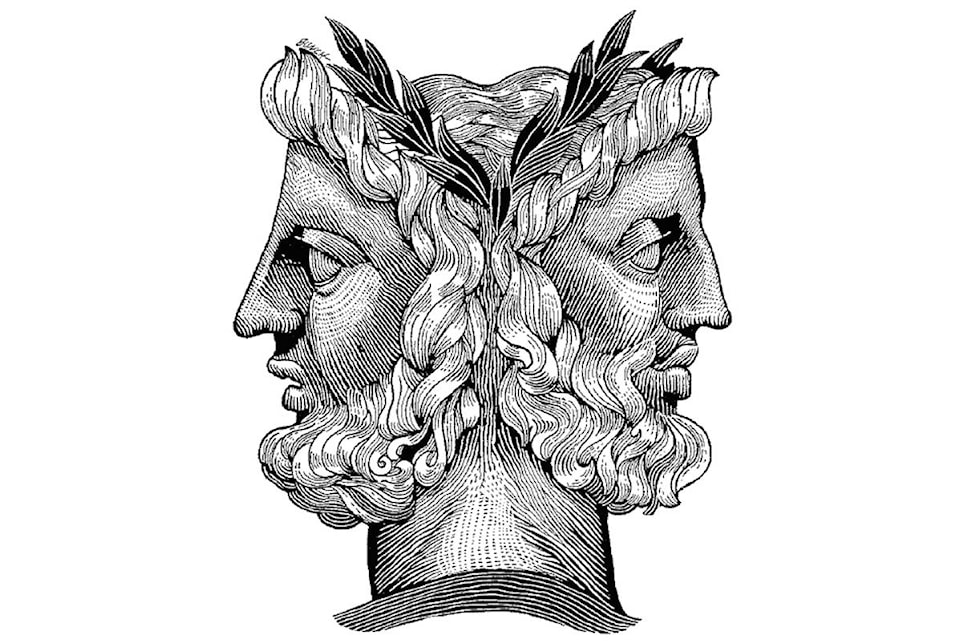Yme Woensdregt
I have a friend who asks me from time to time, “How is it going with your soul these days?”
It flustered me the first time he asked. No one had never asked me that question before, and it’s not the kind of question you can answer just like that. Ever after, I would prepare myself to answer the question.
It is a good question. It helps me reflect on how I am doing. It obliges me to dig a little deeper, to go beyond the surface of my life, to check in with my heart and soul.
I haven’t talked to that friend in a while, so he hasn’t had a chance to ask — but I’ve been asking myself that question. It’s been a helpful discipline during this pandemic.
How’s my soul today?
Honestly, it’s kind of a mixed bag. I’m joyful in this Easter season for the good news the triumph of love and life. Happy as the vaccines roll out, and for my own vaccine appointment. Weary of long pandemic isolation. Anger and frustration about those who refuse a simple thing like wearing masks. Broken–hearted by the testimony in a trial about a death that never should have happened. Despair as another gunman shoots up a mall or a school or a library. Pain as I share time and life with friends who are hurting.
How’s my soul today? I feel a little like Janus, the Roman god of new beginnings and transitions. Janus is usually depicted with two faces looking in opposite ways, one towards the past and the other towards the future.
My soul feels like Janus, caught in a time between then and now, looking backwards and forwards at the same time. We live in a bent, broken, and fragile world and the power of God’s life sometimes seems so fragile. To borrow a phrase from Diana Butler Bass, “Resurrection, yes; and also haunted by insurrections of fear and falsity which are ripping the world.”
It’s a mixed bag indeed.
Years ago, I learned about the legend of the dogwood from a friend who lives in the southern USA. The legend says that once upon a time, the dogwood tree was exceptionally large, the wood was strong and sturdy, so it was used to make the cross.
Therefore, God both cursed the tree and blessed it. It was cursed to be forever small so that it would never grow large enough again for its wood to be used for a cross. The branches would be narrow and crooked, not good for building at all. At the same time, the tree was blessed to produce beautiful flowers each spring, just in time for Easter.
This legend, like the myth of Janus, helps describe the state of my soul these days. I know the knottiness of death, and I also witness the flowering of new life from the gnarled wounds. I feel the pain of this time, both in myself and in others who are bearing their own pain. At the same time, there are small signs of grace and hope in the midst of that pain and despair. I feel the impatience and hopelessness of this unending time of social distancing and physical isolation. At the same time, there are tiny glimmers of a flickering, fragile light in the gloom of the world.
As I reflect on the state of my soul in these days, it strikes me that this is always the way with love. Love feels the pain of the world, and at the same time seeks signs of hope in the midst of that pain. Love immerses itself in reality and seeks to find a way forward which is marked by hope and light. Love feels both the sorrow and the joy.
I think that’s what Paul meant when he wrote in his magnificent hymn to love, “Love bears all things, believes all things, hopes all things, endures all things.” Love keeps on keeping on in the midst of everything else that’s just going on.
That kind of love, for me, is the stupendous and simple heart of Christian faith. Presiding Bishop Michael Curry of The Episcopal Church likes to say, “If it doesn’t look like love, if it doesn’t look like Jesus of Nazareth, it cannot be claimed to be Christian. We are experiencing a fundamental distortion of Christian teaching of what it means to follow Jesus.”
Too often, the church has failed to love. There are endless illustrations of that failure, from early persecutions of those who thought differently, to the Crusades, to the Inquisition, to the forced baptisms of whole populations of people, to the Doctrine of Discovery which proclaimed that any lands inhabited by non–white, non–Christian people were considered to be uninhabited, to Indian Residential Schools, the last of which closed less than 40 years ago, to the failure to welcome members of the LGBTQ community. Too often, the church fails to love.
We need to learn a new “Jesus–faith” (to coin a term), a faith which opens the world up. A faith which welcomes diversity. A Jesus–faith which opens us up to new ways of seeing the world, new ways of living with our neighbours, new ways of being the people God has made us to be.
In this sense, faith continues to give my soul hope. I’ve known the darkness of the depths of clinical depression. I’ve known the mountain–top heights of ecstasy. Most days, like any other person, I live somewhere between those extremes.
In all things, I choose the way of love. I choose the way of hope. I choose the way of gratitude. I choose to believe that God is at work in the world, bringing life and healing and goodness. That is one way in which I am tending my soul.
How’s your soul today?
Yme Woendregt is a retired Anglican priest living in Cranbrook
